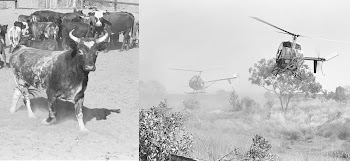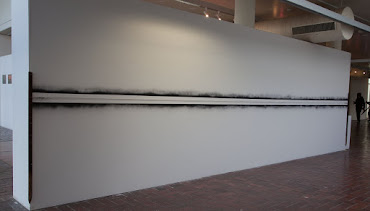Links
Latest Article

Culture, Nature, Arts (CNA)
The three core elements of the CNA model are based on:
1. Integration of the management of culture and nature within the landscape,
2. Recognition of a symbiotic relationship between the tangible and intangible of landscape,
3. Application of sense of place, expressed through art practice, to identify cultural value evidence for landscape policy development and management delivery.
Latest Article
Latest Article
Francis, K. (2020). Culture, Nature, Arts: An Integrated Management Model
Landscape Jrnl. July 2020 38:61-73; doi:10.3368/lj.38.1-2.61
.
Australian National University research provides evidence for a new landscape management model integrating the management of Culture, Nature and Art (CNA) focused on the intangible of heritage as the primary driver of policy development and management delivery. Although the CNA model can be challenging it is not intended to diminish the imperative to conserve species, environment and history or ignore some failings of cultural practice but rather create a more balanced approach to the complexities of the shared management of culture and nature within the landscapes.
The importance of art as a process is that it can engage directly with the intangible of the experience of place and can reference the personal significance and value of landscape. Art within the CNA is without limitations of mediums or the pressure of artistic critique. It is a process focused on the individuals and their expression of sense of place. (inclusive and not limited to: photography, journal notes, drawings, literature, music, sculpture, carving, story telling and personal reflection, dance, body scarification, digital media etc. – self expression of the experience of place within the landscape.)

Kimberley Cattle Muster, WA
Derwent Estuary, Tas
.

Mt Wellington/kunanyi, Tas
.

The Line (Steel and Acrylic), Keven Francis, Canberra
